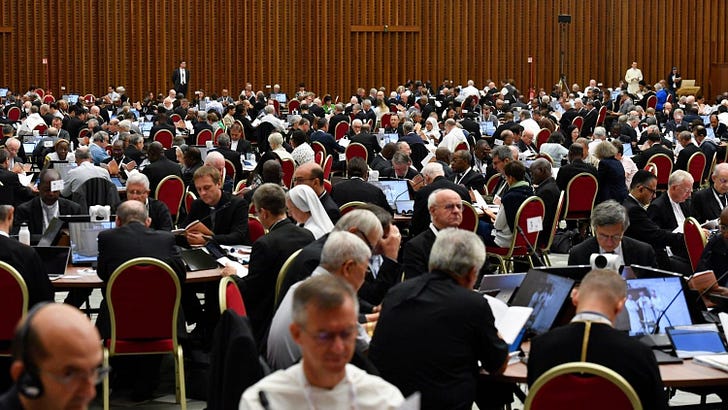The synodal expectations game
The synod on synodality's interim document may be mostly about moving ecclesiological Overton window ahead of next year’s session
After a month of meetings in Rome, it’s finally now halftime in the synod of bishops’ synod on synodality, with delegates departing Rome to bring the good news about synodality back to their home countries.

As they head out, they will be taking with them the assembly’s interim report document, published Saturday after considerable debate and amendment fr…
